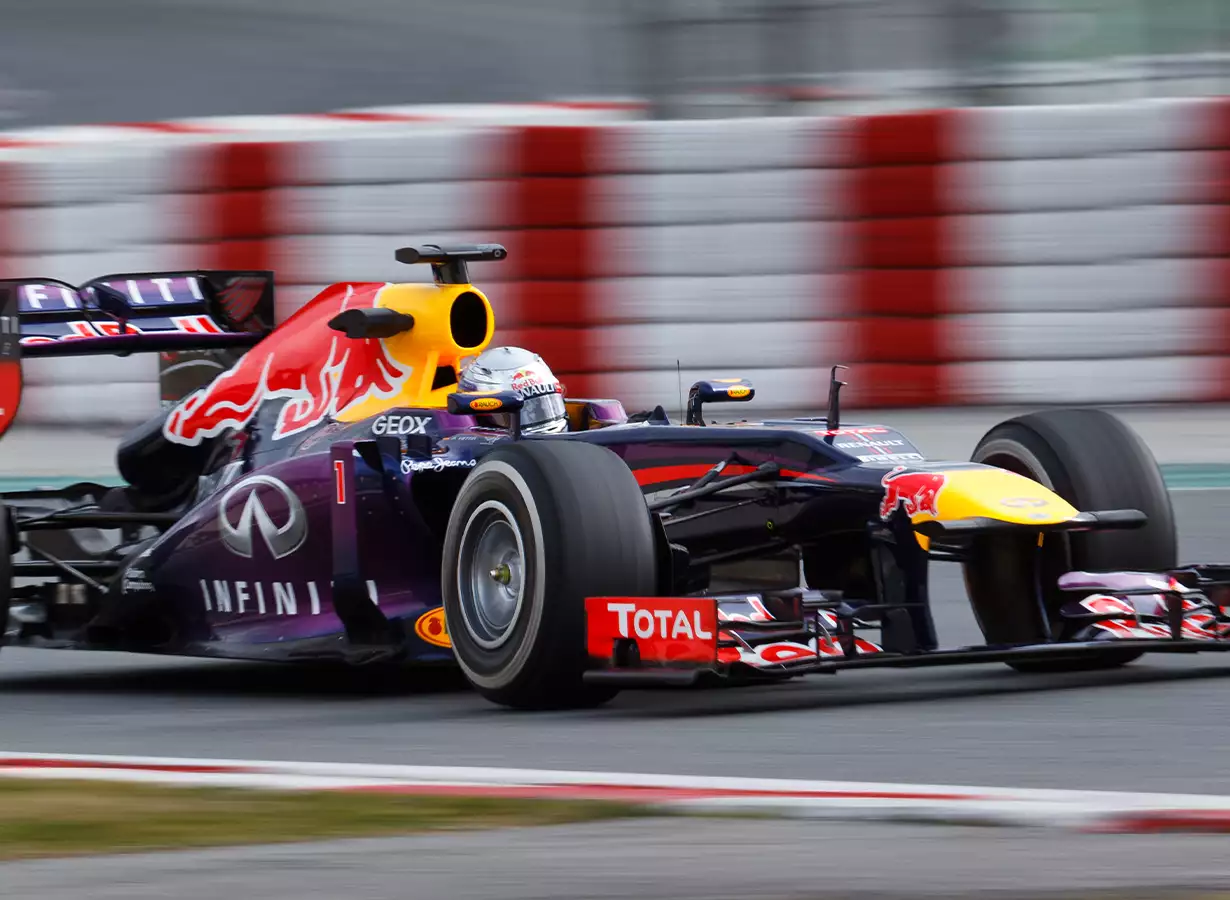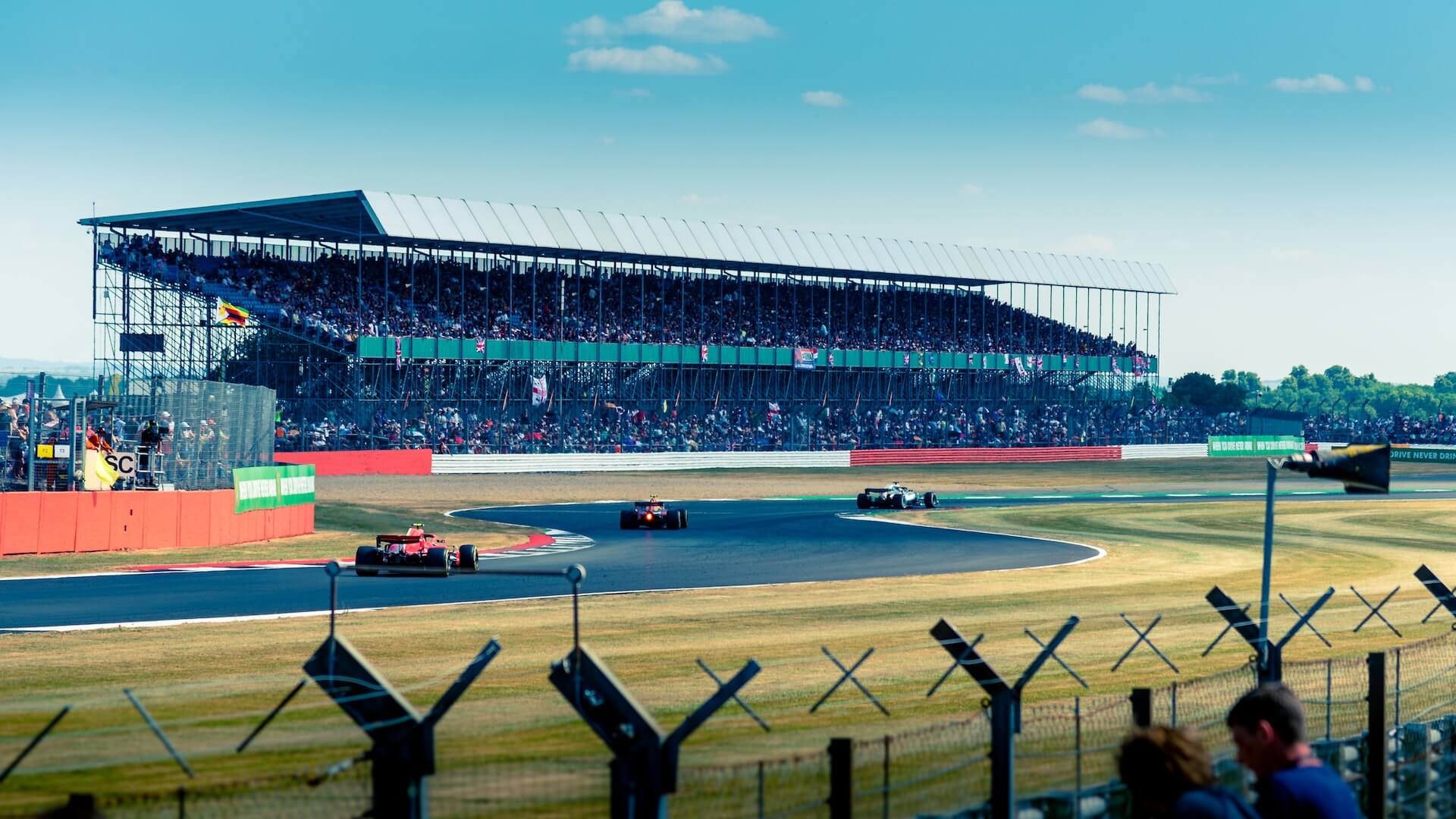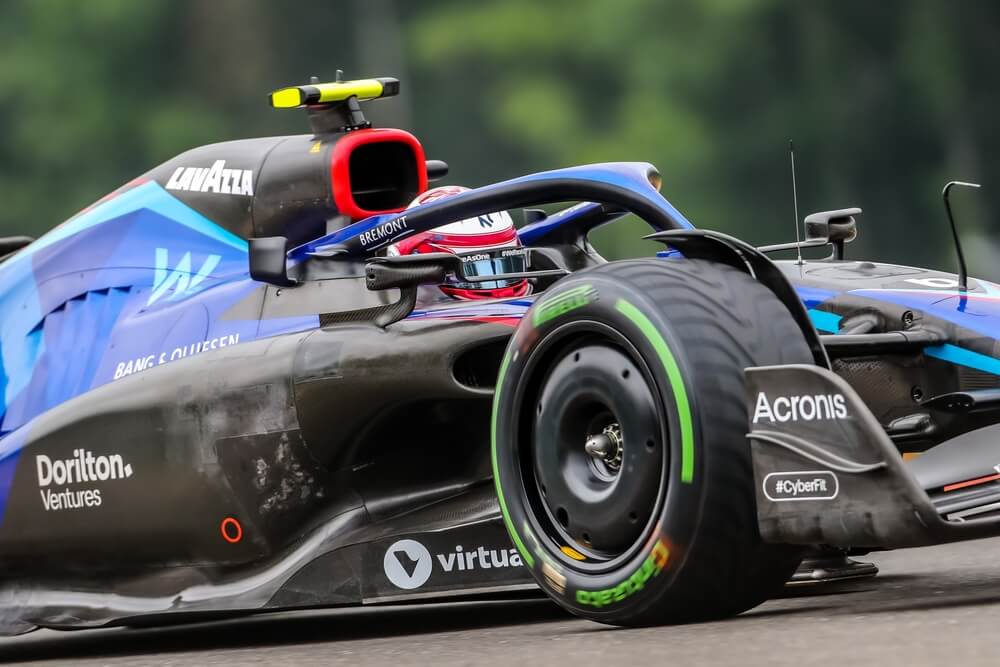In Formula One racing, teams are always looking for ways to gain an edge over their competitors. One of the most notable aerodynamic devices that have been used in the sport in recent years is the X-wing. X-wings are wing-like structures mounted on the nose of the car that are designed to improve the car’s performance by increasing downforce and reducing drag.
The X-wing is a newer invention in Formula One, it was first introduced and used in the 2010 season. Teams have continued to experiment with different designs and implementations of the X-wing.
This technology has been a point of interest for many fans of the sport as it is an important factor in how the car behaves on the track. Also how it can be tuned to the driver’s needs and the track conditions.
Table of Contents
Watch this video to learn more about why F1 banned crazy looking wings.
The design and function of the x-wing
How X-wings are designed and how they work in Formula One cars
The X-wing are aerodynamic devices that are mounted on the nose of Formula One cars. Most of the time they are made of carbon fiber and are designed to improve the car’s performance by increasing downforce and reducing drag.
Typically the wings are positioned at the front of the car. They work by redirecting the airflow around the front of the car. By creating a high-pressure area above the wing and a low-pressure area underneath, it generates downforce and improves the car’s handling.
Aerodynamic benefits of X-wings
The main benefit of X-wings is that they increase downforce. Downforce in it’s turn improves the car’s handling and stability at high speeds. This allows the driver to take corners at higher speeds and with more confidence.
Additionally, X-wings can also reduce drag, which improves the car’s straight-line speed and overall performance. This makes X-wings an important consideration for teams when it comes to car setup and performance on the track.
The X-wing is a newer invention in Formula One. It was first introduced and used in the 2010 season. Since then, teams have continued to experiment with different designs and implementations of the X-wing in an effort to gain a competitive advantage on the track.
The history of X-wings in Formula One
The X-wing was first introduced in Formula One in the 2010 season, and it quickly became a popular aerodynamic device among teams.
Initially, the design was simple and was used to generate downforce, but as the technology progressed, teams began to experiment with different designs and implementations in order to gain a competitive advantage on the track.
Today, X-wings have become a common sight on Formula One cars, and teams continue to experiment with new designs and technologies to improve their performance.
Notable moments in Formula One history that involved X-wings
Some of the most notable moments in Formula One history that involved X-wings include Red Bull Racing’s use of the device in the 2010 season, which helped the team secure the Constructors’ and Drivers’ Championship titles.
Additionally, there has been a lot of talk about the X-wings when teams like Mercedes used it in their car, it helped them to achieve a significant advantage over the competition, and the team secured multiple championship titles.
Other notable moments include the 2011 race at the Canadian Grand Prix, where Lewis Hamilton used the X-wing to set the fastest lap of the race and secure the victory.

Controversy and Criticism
The use of X-wings in Formula One has not been without controversy. Some teams and fans have criticized the use of X-wings, arguing that they are unsightly and detract from the aesthetics of the cars.
Additionally, some have argued that the use of X-wings creates an uneven playing field, as teams with more resources and technology are better able to design and implement advanced X-wings.
On the other hand, there are also arguments in favor of the use of X-wings in Formula One. Supporters argue that X-wings are an important part of the sport’s technology and innovation.
It is also argued that they help to make the cars faster and more competitive. Ultimately, the use of X-wings in Formula One is a matter of balance between aesthetics and performance, safety and regulation.
Frequently asked questions about X-Wings
What are X-wings and what purpose do they serve in Formula One racing?
How do X-wings work?
Are there any rules or regulations surrounding the use of X-wings in Formula One racing?
Conclusion
In conclusion, X-wing are an important aerodynamic device used in Formula One racing. They are designed to improve the car’s performance by increasing downforce and reducing drag.
The history of X-wing in Formula One is relatively short, but it has been marked by a continuous evolution in design and implementation. Today, X-wings have become a common sight on Formula One cars and teams continue to experiment with new designs and technologies to improve their performance.
However, the use of X-wings has faced controversy and criticism, but it is ultimately a matter of balance between aesthetics and performance, safety and regulation.
The use of X-wings in Formula One is a reminder of the importance of technology and innovation in the sport. Also how it plays a critical role in the competition between teams.
Article sources
Learn more about Formula One
Want to learn more about F1? Then visit our Formula 1 glossary and dictionary.



